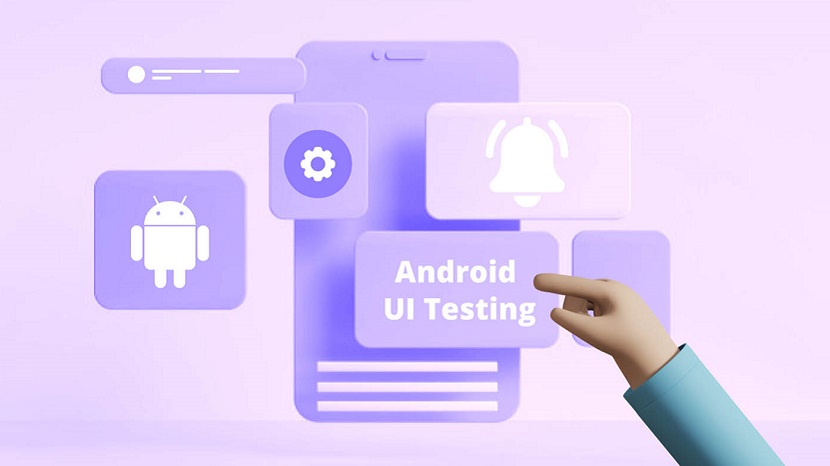
The digital world evolves rapidly, and with this ever-changing landscape, ensuring that applications remain functional and user-friendly is crucial. Testing is pivotal in ensuring that software applications meet specified requirements and function seamlessly across different devices. When it comes to Android applications, this is no different.
Android UI Testing: More than Just Skin Deep
At the heart of every mobile application lies its User Interface (UI). The UI bridges the application and the user, making it essential for functionality and user experience. Android UI Testing is specifically tailored to verify that the UI of an Android application works flawlessly.
The Significance of UI Testing
Why is there such emphasis on UI testing? Simple. Imagine launching an app only to find that buttons are unresponsive, the layout isn't rendering correctly on certain devices, or worse yet, crashing on specific user actions. It's about more than just aesthetics; it's about ensuring a seamless user experience. Ensuring every UI element works correctly on all targeted devices and resolutions is paramount.
Why is there such emphasis on UI testing? Here are several compelling reasons:
- User Experience (UX) Enhancement: At the forefront is the user experience. A responsive, intuitive, and bug-free interface leads to a positive UX. Any discrepancies in the UI can lead to user frustration, abandonment, or negative reviews.
- Brand Perception: A smooth and glitch-free UI is often seen as a reflection of the brand's commitment to quality. Conversely, a malfunctioning interface can tarnish a company's reputation, suggesting a lack of attention to detail.
- Cost-Effective in the Long Run: Detecting and fixing UI issues during testing is significantly cheaper than post-deployment. Addressing issues after an app is live can result in additional costs like hotfix deployments, customer support overheads, and potential loss of user base.
- Shorter Time to Market: With systematic UI testing, potential issues are identified and addressed promptly. This reduces the back-and-forth between the development and testing teams, expediting the release cycle.
- Ensuring Consistency across Devices: Android, as a platform, is fragmented with numerous devices, screen sizes, and resolutions. UI testing ensures the application looks and functions uniformly across the vast Android ecosystem.
- Increased Revenue and Conversion Rates: For e-commerce and other monetized apps, a functional UI directly impacts conversion rates. Any hindrance in the user's path, like a non-responsive button at a crucial juncture, can lead to abandoned carts or lost sales.
- Support for Regular Updates and Iterations: As apps receive updates, new features, or design overhauls, UI testing ensures that existing functionalities remain intact and new additions seamlessly integrate with the current interface.
- Aids in Compliance with Accessibility Standards: A good UI is accessible to all, including people with disabilities. UI testing ensures the app adheres to accessibility guidelines, making it usable for everyone.
A thorough UI test is an investment in the application's future. Ensuring that every UI element works correctly on all targeted devices and resolutions isn't a luxury; it's necessary.
The How-to of Android UI Testing
The process is relatively straightforward for those unfamiliar with how to embark on this journey.
- Set Up Your Testing Environment: Before diving in, you must set up your Android testing environment. This entails getting the Android SDK and setting up emulators or physical devices for testing.
- Inspect Elements On Android: To validate individual UI components, testers can utilize tools to 'inspect element android.' This aids in understanding the properties and states of UI elements, a fundamental step before you can automate tests.
- Write Your Test Cases: Using the Android testing framework, one can craft both instrumentation tests (that run on a device) and local unit tests (that run on your machine).
- Automate Your UI Tests: With tools like Espresso and UI Automator, one can automate Android UI testing, simulating user interactions and verifying UI states in response. This is especially helpful for regression testing, ensuring that new code changes haven't disrupted existing functionalities.
Best Practices to Uphold
To ensure the effectiveness of your UI testing efforts, some practices are essential.
- Always Test On Real Devices: Emulators can only simulate so much. Real devices often present unique challenges and scenarios that emulators might not capture.
- Stay Updated: With Android OS versions regularly rolling out, updating test cases and adapting to the changing environment is essential.
- Design Tests For Varying Conditions: Users might operate the app under various network conditions or device orientations. Make sure your tests capture these scenarios.
- Prioritize Critical Paths: Identify and prioritize your application's most common user journeys. These paths should be tested rigorously, ensuring that main functionalities are always operational and bug-free.
- Implement Continuous Integration: Incorporate your UI tests into a continuous integration (CI) pipeline. This ensures that every code change or addition undergoes thorough testing automatically, highlighting issues immediately.
- Seek Feedback And Iterate: Besides automated tests, take user feedback seriously. Users might report issues or inconsistencies that weren't captured during testing. Use this feedback to refine and improve your tests.
By embracing these best practices, testers can ensure their Android UI tests are effective and reflect real-world usage and potential issues.
Drawing to a Close
Android UI testing is more than just a procedure; it's a commitment to delivering quality applications. As the first point of contact between the user and the application, the UI ensures consistent and optimal performance. By harnessing the power of user interface testing tools like HeadSpin and upholding best practices, organizations can ensure their applications' stability and affirm their commitment to user satisfaction.
If you found this article helpful, we encourage you to share it on your social media platforms—because sharing is caring! For more information about article submissions on our website, feel free to reach out to us via email.
Send an emailWritten by RGB Web Tech
Latest Technology Trends
Latest technology trends shaping the future, including AI advancements, blockchain innovation, 5G connectivity, IoT integration, and sustainable tech solutions. Explore breakthroughs in quantum computing, cybersecurity, augmented reality, and edge computing. Stay ahead with insights into transformative technologies driving innovation across industries and revolutionizing how we live, work, and connect.
Related Articles - App Development
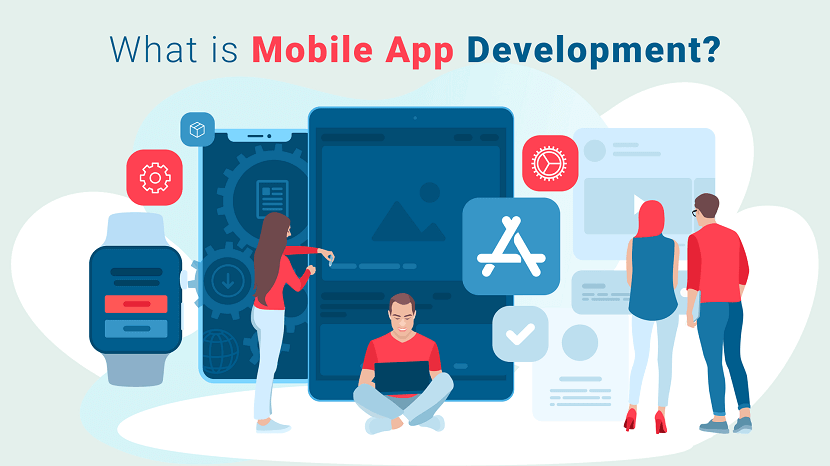
Mobile App Development
Mobile app development creates apps for smartphones. Learn what you need to know for a smart investment in the mobile app business.
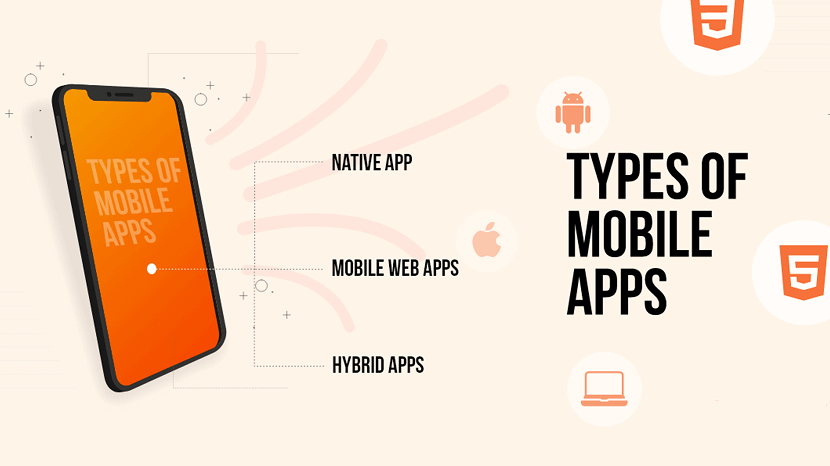
Different Types of Mobile Apps
How do you choose which type of mobile app you should develop for your company or business? Should you go with native, web, or hybrid?
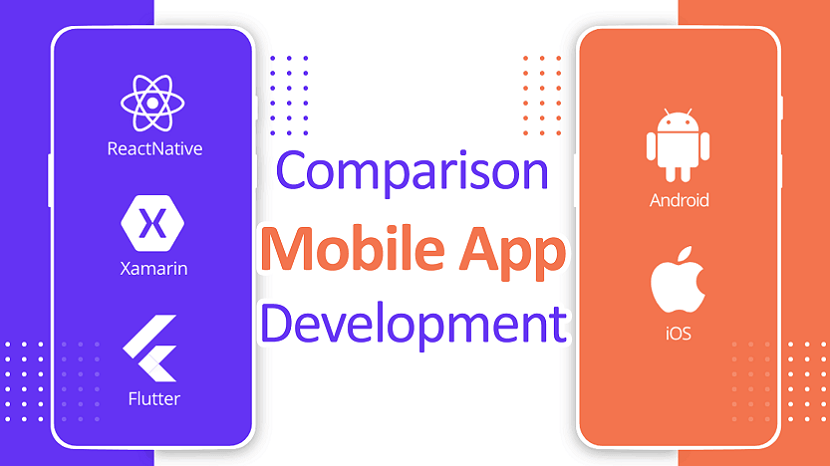
Comparison of App Development
Get a detailed comparison of mobile app development and find out which ones are right for you to get started on building with your budget.
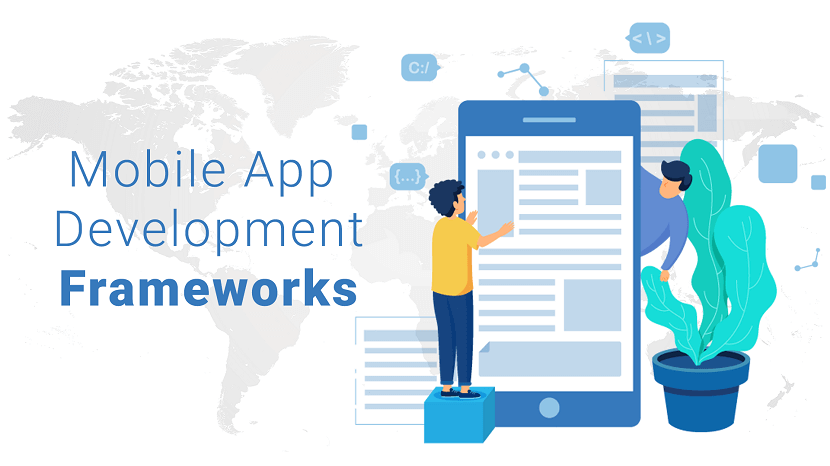
Mobile App Development Frameworks
Find out here the top mobile app development frameworks to be considered. You can also see here each frameworks features and other necessary details.
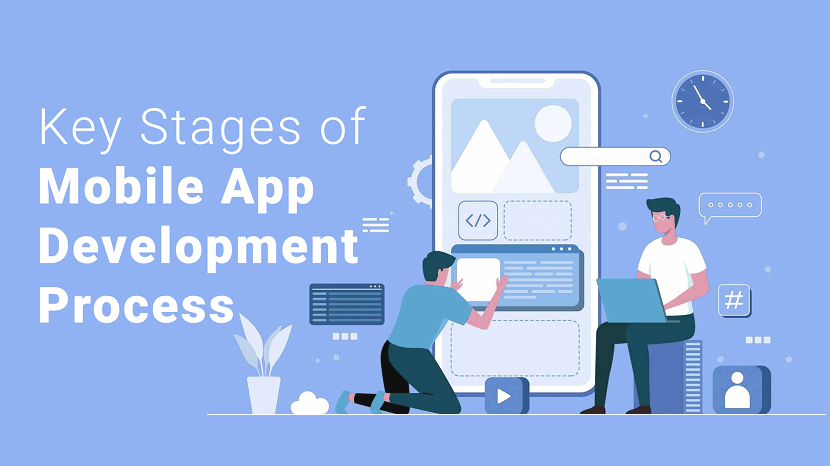
Key Stages of App Development Process
To build a successful app, a business needs to go through different stages. There are key stages in the mobile app development process.
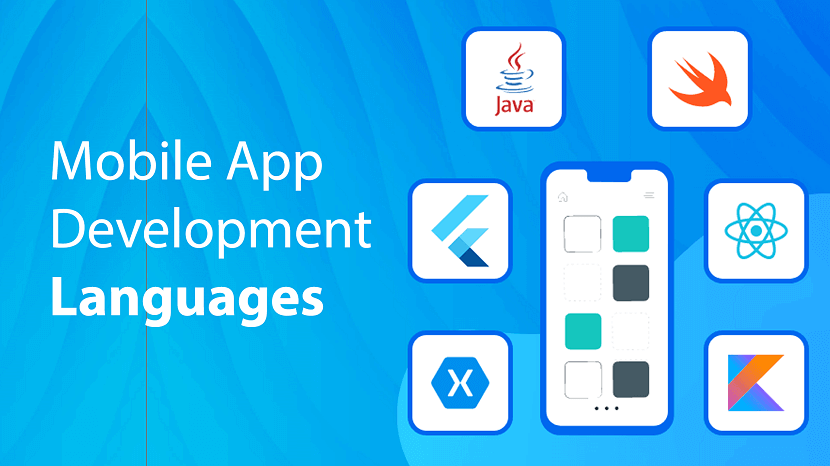
Mobile App Development Languages
Many application languages are available nowadays. The strategy you choose may rely on a number of factors. So let's have a look at the most popular ...
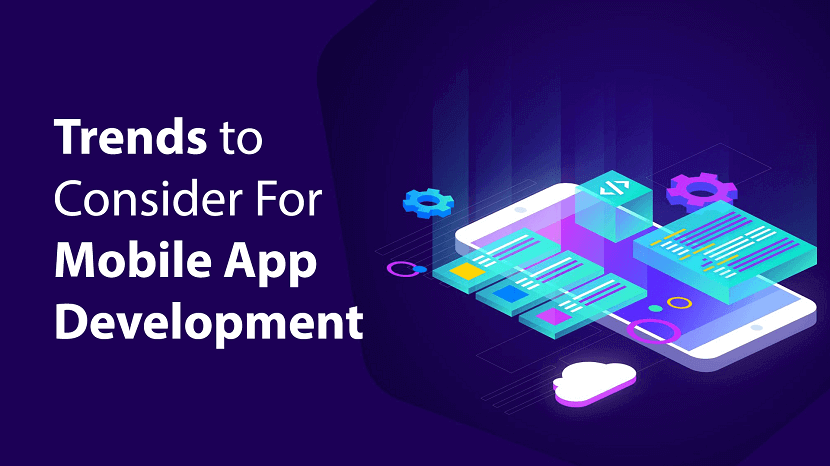
Mobile App Development Trends
These Mobile App Development trends will help you stay ahead of the curve when developing apps for iOS or Android devices.
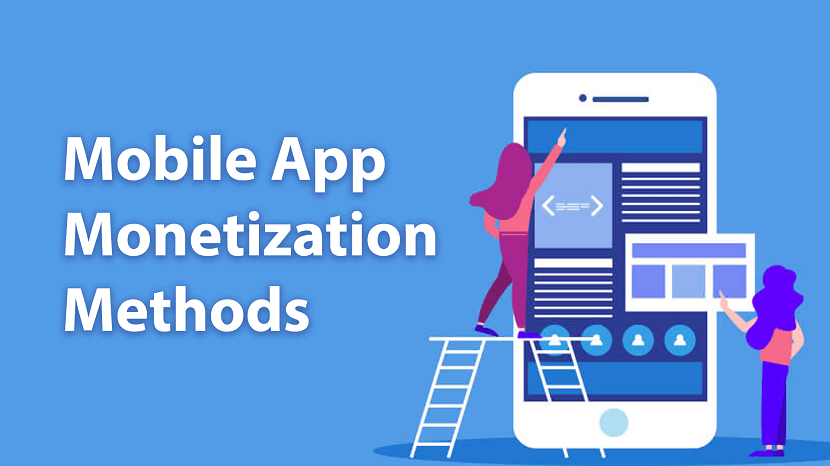
Mobile App Monetization Methods
If you use the proper monetization method in your mobile application, you will be able to turn your mobile application into your primary source of income.
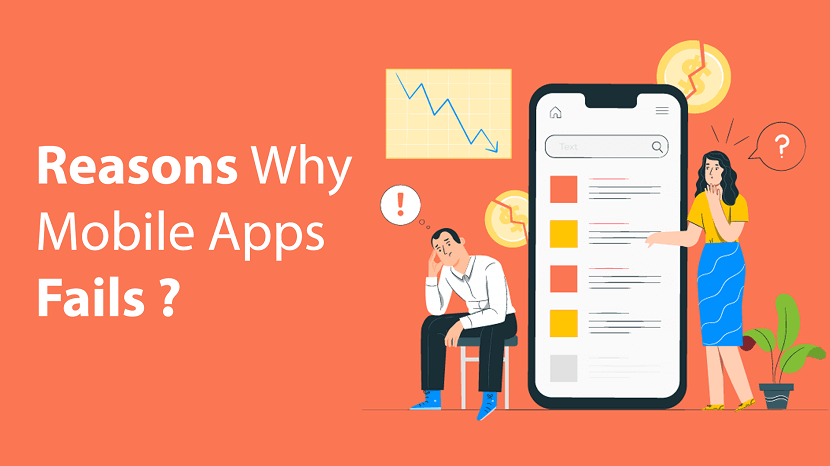
Reasons Why Mobile Apps Fails
For every success story of a mobile app trending across the globe, there are hundreds of apps that fail. Read on to learn why this happens.
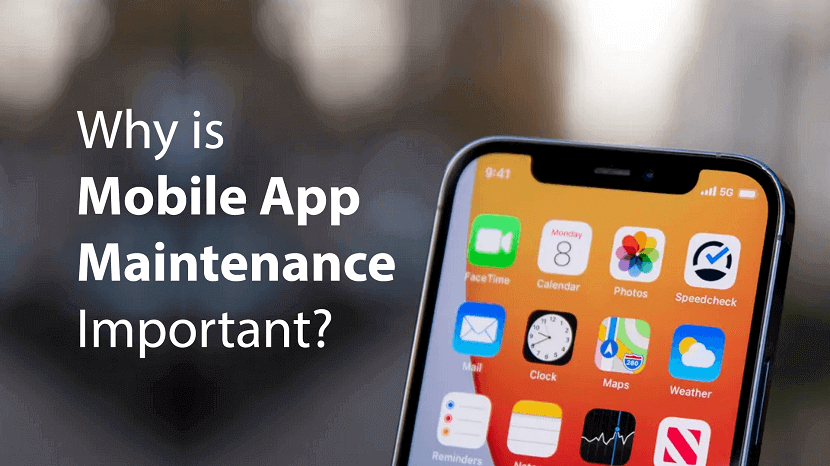
Mobile App Maintenance Important
An elegant mobile app is just half the journey. Learn why proper mobile app maintenance is crucial for long-term success in this insightful article.

Mobile App Development Process
The mobile app development process can be overwhelming. Understand its key steps and be prepared for what lies ahead in your app-building journey.

Mobile App Development Importance
If you are an entrepreneur or owner of an SME, you must not neglect the importance of mobile apps for your business growth and development.

Android UI Testing
Master Android UI Testing: Validate interfaces flawlessly with expert guidance. Enhance app quality and user experience effectively.

Reasons to Invest in React App Development
Unlock limitless potential with React app development: Discover 10 compelling reasons why it's the ultimate investment in modern software solutions.
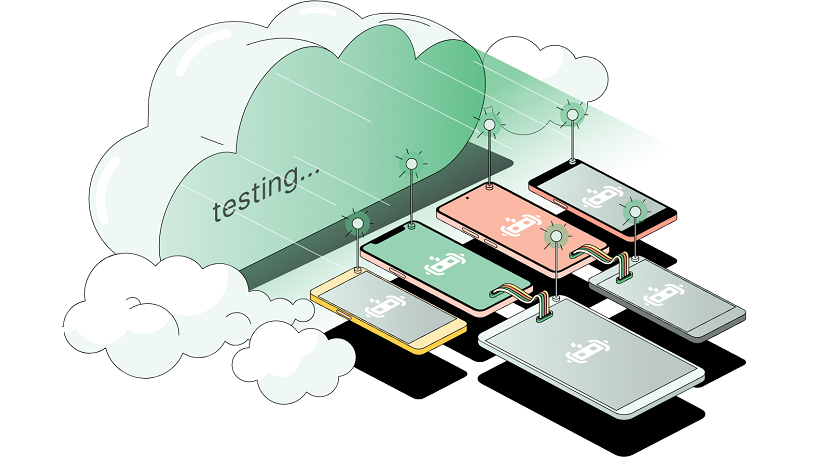
Why are cloud device farms necessary for mobile application testing
Discover why cloud device farms are essential for mobile app testing, ensuring compatibility and performance across diverse devices.

Tackling App Development Issues with a Practical Troubleshooting Guide
Discover effective solutions for app development challenges with our comprehensive troubleshooting guide, designed for practical and swift problem-solving.
“Technology is best when it brings people together.” — Matt Mullenweg
